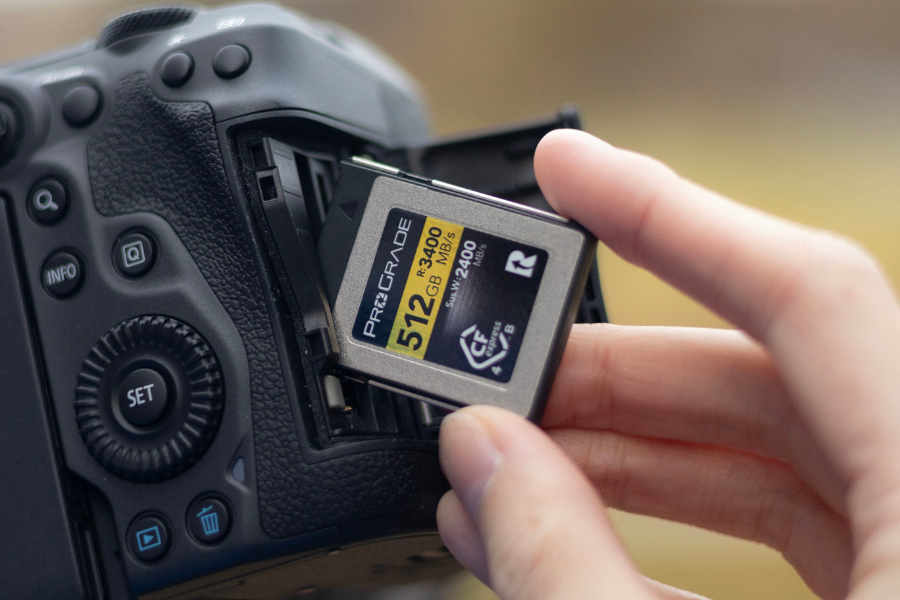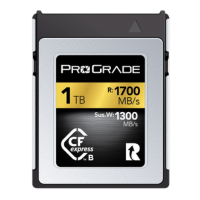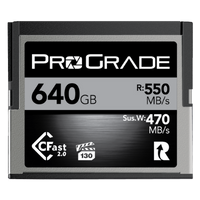Whenever you press and hold the shutter button, your camera takes shot after shot as fast as it can. But did you know that this “as fast as it can” is not always the same? Sometimes, it’s really fast, and sometimes, frustratingly, not so fast at all. More often than not, everything starts normally, but after a few shots, your camera slows down or stops bursting entirely.
This variability in burst rate is far from random. In most cases, it’s not the camera but the tiny memory card in it that determines whether your continuous shooting experience is smooth or plagued by unexpected slowdowns.
So, buckle up; to steer clear of potential hiccups and ensure you always get the maximum out of your camera, we’re taking a deep into high-endurance memory cards – the secret ingredient for seamless continuous shooting.
High-Endurance Memory Cards Demystified: What It Really Means?
The term “high endurance” typically means that a memory card supports more write-erase cycles before “wearing out.” In simpler words, it lasts longer.
Flash memory, the technology used in memory cards, has a limited number of write/erase cycles. Each time data is written, erased, or modified, it stresses the memory cells. Over time, these cells wear out, and the card reaches the end of its operational life.
Flash memory cells, however, are not all created equal. The technology differs greatly, making some memory cards superior to others.
High-endurance cards, specifically designed for intensive use, can endure a significantly higher number of write/erase cycles, addressing the wear-related concerns for users who engage in continuous shooting, video recording, or other data-intensive activities.
Devil is in the Details: High-Endurance Memory Cards versus Professional-Grade High-Endurance Memory Cards
Just like all flash memory cells are not created equal, so aren’t all high-endurance memory cards created equal. Most importantly, a card labeled “high endurance” does not necessarily perform better or last longer than its counterpart without such a label.
“High endurance” is not a standardized term. Some manufacturers label their memory cards “high endurance” when memory cells in the cards can undergo up to 4,000 write-and-erase cycles. Others draw the line at 10,000 cycles. At the same time, some reputable manufacturers steer clear of such terms altogether, even when their cards can still thrive after 50,000 or 100,000 cycles.
When it comes to professional-grade memory cards, endurance goes beyond mere durability. It’s also about the card’s ability to endure a consistently high data rate.
Just like the speed at which you can sprint 100 meters varies significantly from the speed at which you can run a marathon, so does your memory card’s peak write speed from the one it can sustain over a longer period.
Professional-grade high-endurance memory cards, however, defy that norm by being able to maintain their peak read/write speeds for extended periods and by having a guaranteed minimum write speed they can sustain essentially forever. So, true high-endurance memory cards can not just survive marathons; they can sprint them.
When most consumer-grade memory cards labeled “high-endurance” hit their peak data rates only once in a blue moon and primarily operate way below the maximums advertised by the manufacturer, then high-endurance memory cards built for professional use are precisely the opposite.
For example, the ProGrade Digital CFexpress™ Type B 2.0 Memory Card has a peak write speed of 1,5GB/s and a sustained write speed of 1.4GB/s. So, the data rate only fluctuates within the very top 0.1GB/s, never dropping below 1.4GB per second.

Image illustrating the minimal fluctuations in the near-peak sustained data write rate of ProGrade Digital’s high-endurance CFexpress Type B 2.0 Memory Card
It is especially important when it comes to bursting or rapid-fire shots. When you’re taking a bunch of photos in quick succession, your camera generates a substantial amount of data in a very short timeframe. To process that data, your camera relies on its RAM, a quick and easily accessible space for temporarily storing images before transferring them to a memory card. If your memory card can’t efficiently handle all that incoming data, your camera’s buffer quickly fills up, leading to a slowdown or a complete stop.
In short, high-endurance memory cards are preferable for continuous shooting not only because they can handle more data write-erase cycles but also because they play a critical role in ensuring your camera can keep up with the fast-paced shooting without interruptions. Both are vital for maintaining a smooth and consistent performance.
The Upside: Pros of Using a Memory Card with High Endurance for Continuous Shooting
- Longevity – High-endurance cards exhibit the capability to handle a larger number of write/erase cycles without performance degradation, ensuring prolonged use.
- Extended Warranty – For a previously mentioned reason, high-endurance cards typically have a much longer warranty than an industry standard of 1-year.
- Data Integrity – High-endurance cards lower the chances of data corruption even after intensive use, providing a reliable storage solution.
- Ideal for Heavy Users – Photographers bursting raw images and videographers engaged in daily shooting of 4K and above can benefit significantly from the sustained peak performance of professional-grade high-endurance cards.
- Cost Efficiency in the Long Run – With less frequent replacements due to wear out, high-endurance cards are more cost-effective over the long term, offering better value for your money.
The Downside: Cons of Using a Memory Card with High Endurance for Continuous Shooting
- Price – High-endurance memory cards, especially the ones built for professional use, are typically more expensive than regular memory cards, requiring higher initial investment.
- Overkill for Casual Users – For individuals who don’t regularly engage in data-intensive shooting, the robust features of professional high-endurance cards may be unnecessary, making them overkill for hobbyists and casual users.
- Availability – Professional high-endurance memory cards are offered by a limited selection of brands and manufacturers, meaning these cards are not as readily available in your local corner store as consumer-grade cards.
Spotting Authenticity: Choosing Genuine High Endurance Cards
When choosing a memory card for continuous shooting, look past the mere sign “high endurance” slapped on a box or a card. Remember, “high endurance” is not a standardized term with universally defined criteria. Different manufacturers may use the term to describe varying levels of durability and performance.
As a result, when evaluating memory cards, it’s essential to look beyond marketing terms and check specific technical specifications to get a clearer understanding of a card’s abilities. So, scrutinize the product specifications provided by the manufacturer. Authentic high-endurance cards will clearly state their capabilities regarding write/erase cycles.
Similarly, don’t get enticed by peak write speeds or abstract “1,500x” speed markings boldly presented on cards by many questionable manufacturers; look for sustained write speeds instead.
To make your life easier, ProGrade Digital CFast™ 2.0 and ProGrade Digital CFexpress™ Type B 4.0 memory cards that are designed for continuous shooting carry sustained write speeds on their labels instead of peak write speeds.
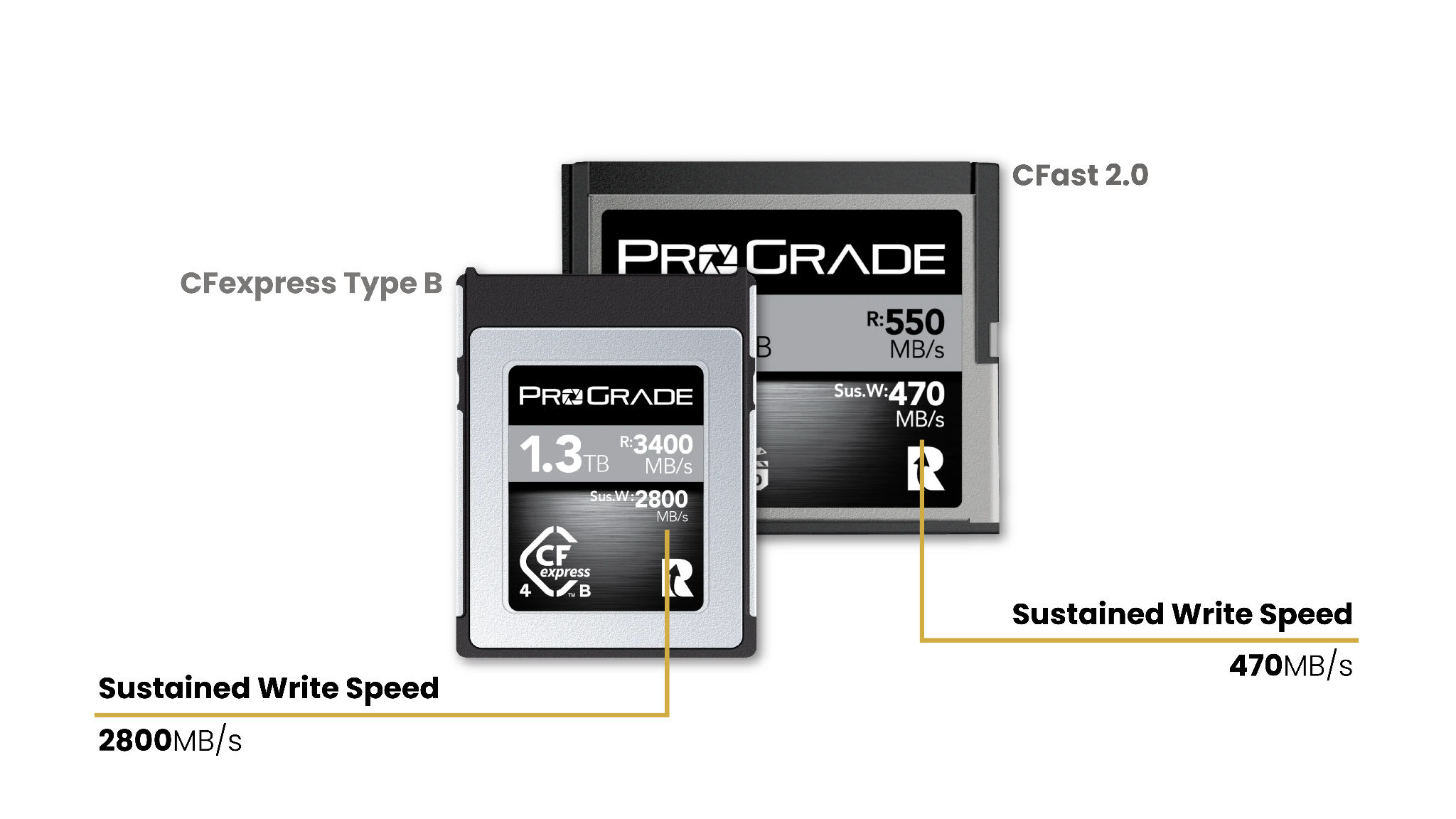
When markings like “1,500x” (indicating how much faster data can be read off the memory card compared to CD-ROM, a completely obsolete comparison today) are there to mislead you, then Video Speed Class and Video Performance Guarantee markings are there to help. Both are standardized and indicate a minimum write speed a given memory card is verified to sustain.
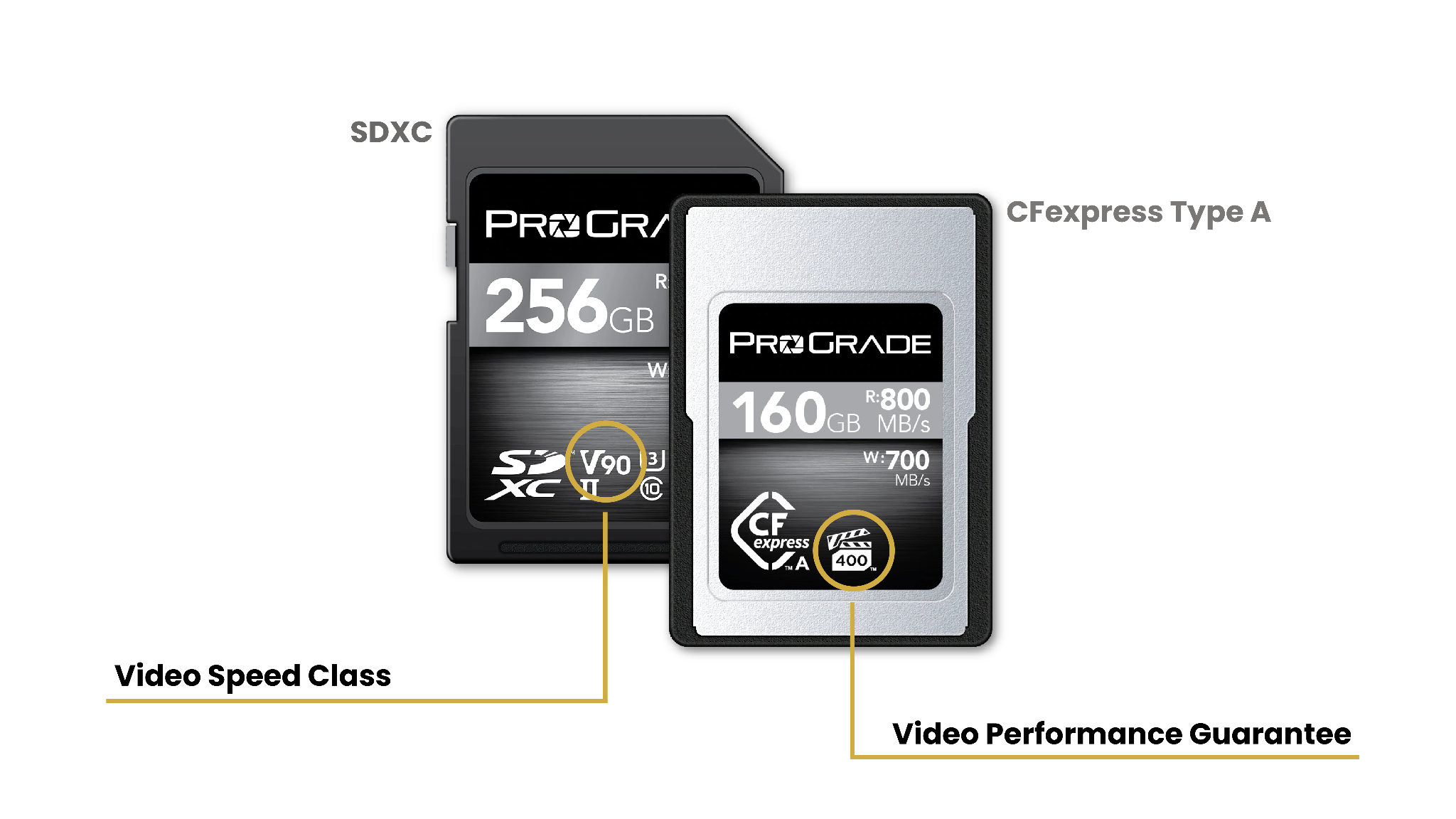
For example, a Video Speed Class marking V90 on an SDXC card indicates the card is capable of sustaining a minimum write speed of 90MB/s, no matter the circumstances.
The Video Performance Guarantee (VPG) speed, used on CFexpress and CFast cards, is shown by the number inside a tiny clapperboard icon. The principle is similar to the Video Speed Class markings on SDXC cards. The number indicates the minimum sequential write speed in MB/s. So, the number 400 inside a clapper (as seen on the image above) confirms the card is guaranteed to sustain at least 400MB/s write rate.
Conclusion: Pros and Cons of Using a Memory Card with High Endurance for Continuous Shooting
For photographers and videographers immersed in the world of continuous shooting, the choice of a memory card becomes a pivotal decision. High-endurance cards, with their promise of longevity, data integrity, and sustained performance, are the allies you need to conquer the challenges of rapid-fire shots and data-intensive tasks. While the investment may be higher, the dividends in reliability and efficiency pay off in the long run.
So, in your pursuit of seamless continuous shooting, professional-grade high-endurance memory cards are the champions in your creative journey, ensuring that each moment is captured with precision and speed. Here’s to elevating your craft, one frame at a time.
